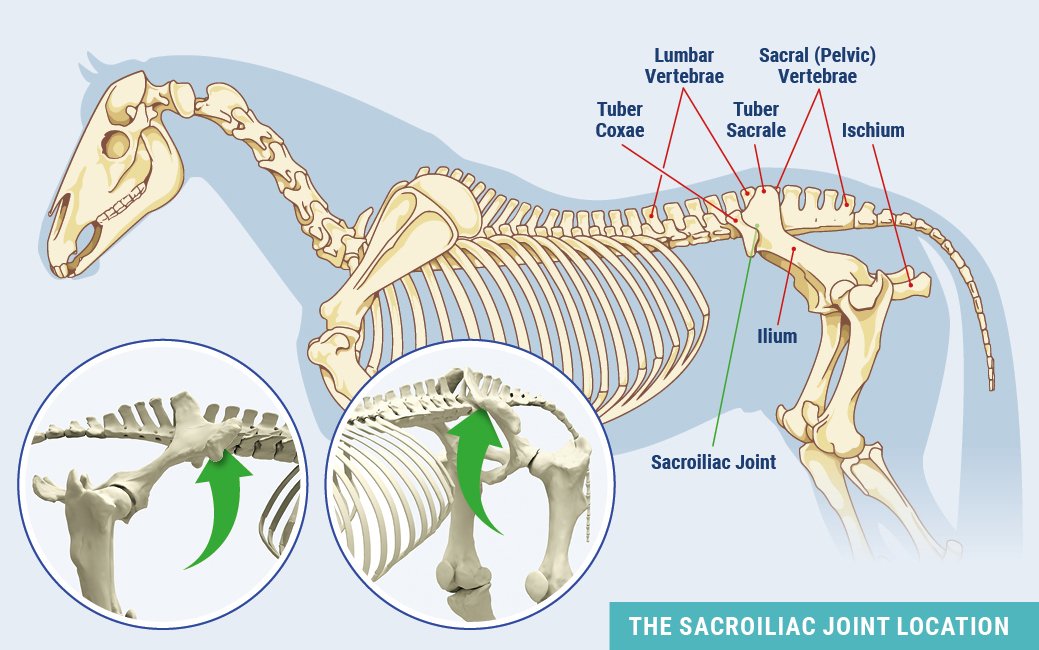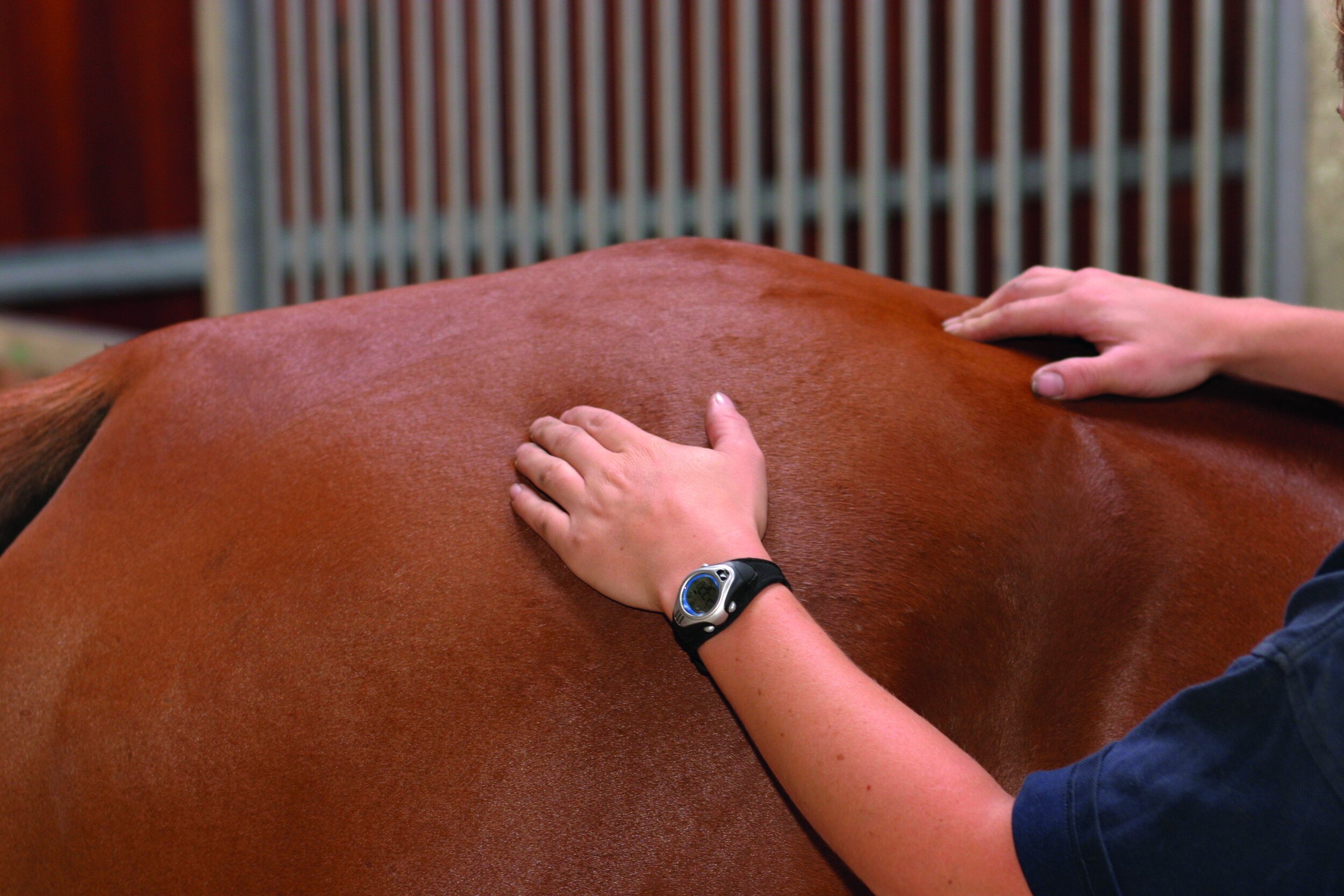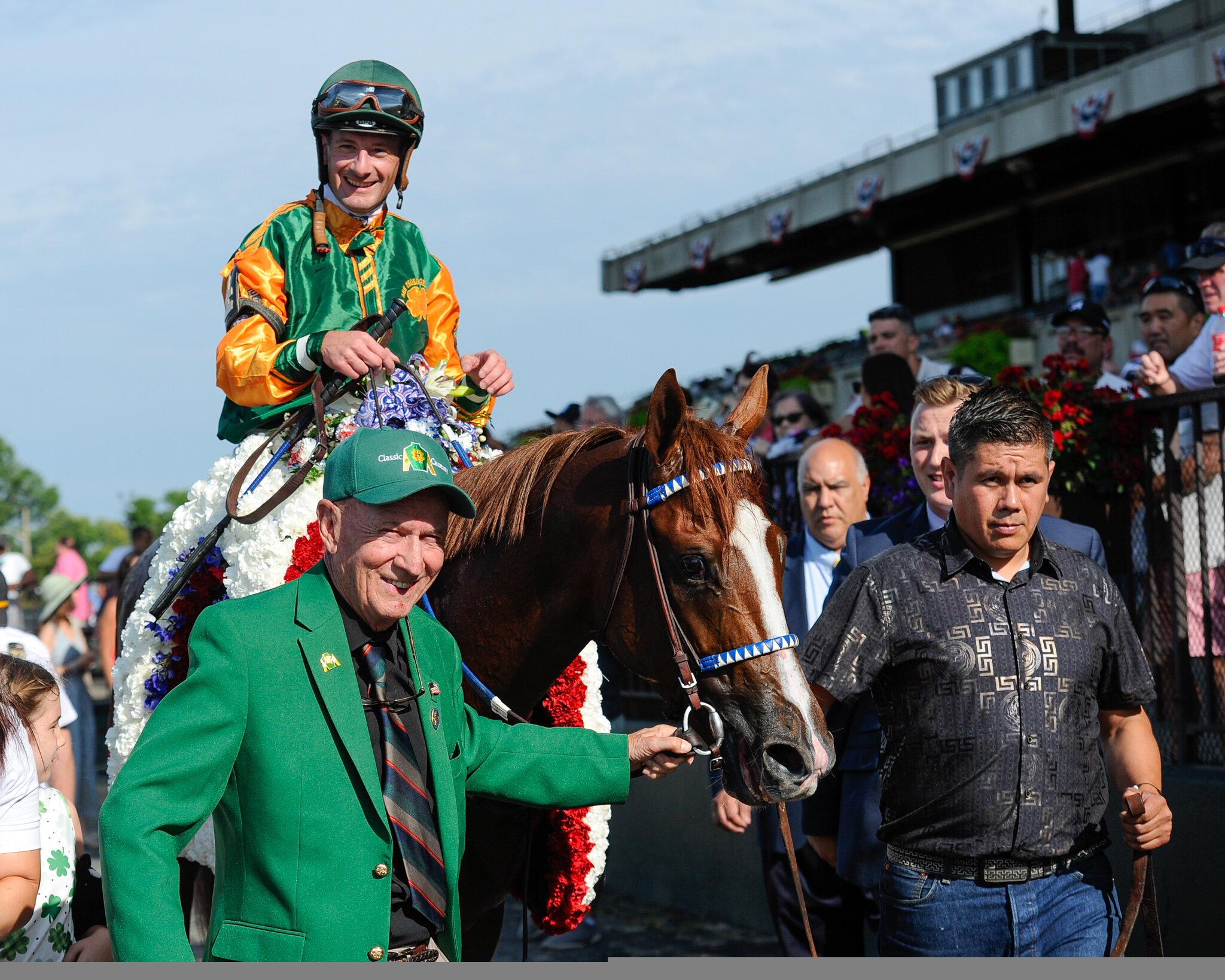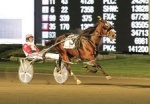State Incentives 2023
/Article by Annie Lambert
The bad news is, North American inflation has substantially increased expenses in Thoroughbred racing. The good news is, U.S. purses in 2022 were up nearly 11% from 2021. Also, states and farms are working to provide owners and breeders an opportunity to counter those growing costs with healthy incentive opportunities.
State Pluses
U.S. inflation rose to a shuttering 9.1% last year, but it has dropped to the current 6.5%. Canada’s most recent number was 6.8%. Both numbers, although improved, still leave horsemen pushing higher outlays across the board. Breeders, owners and trainers can help buffer inflated costs with readily available incentive programs.
Mary Ellen Locke, registrar and incentive program manager for the California Thoroughbred Breeders Association, cited there are no changes to that state’s programs for the current year. As one of the most successful state organizations, the CTBA has seldom tried to fix what is not broken.
“I think [our program] has helped sustain our numbers through Covid and the economy being down,” Locke pointed out. “The numbers of Thoroughbred foals are down all over, but we are holding our own in California.”
The association’s definition of a Cal-bred is one thing helping California retain those foal numbers. Cal-breds are those foals dropped in the state after being conceived there by a California stallion. Or, “any Thoroughbred foal dropped by a mare in California if the mare remains in California to be next bred to a Thoroughbred stallion standing in the state” will be classified as Cal-bred. If the mare cannot be bred for two consecutive seasons, but remains in California during that period, her foal will still be considered a Cal-bred.
The Pennsylvania Horse Breeders Association is offering a new race series for two-year-olds in 2023, according to Brian Sanfratello, the group’s executive secretary. The Pennsylvania-bred series offers three stakes for fillies and three for colts.
“The first two races will feature purses of $100,000 to be run during Pennsylvania Day at the Races at Parx Racing,” Sanfratello offered. “The second set will have purses of $150,000 and will also be held at Parx the day of the Pennsylvania Derby; and the third in the series will feature $200,000 purses at a track to be determined.”
Trainers of the top three earning horses will be rewarded with bonuses of $25,000, $15,000 and $10,000.
In addition, Penn National has increased their owner bonus to 30%. The racetracks in that state pay for owner bonuses.
Virginia has been on a roll since passing their historical horse racing legislation in 2019. Last year, according to Debbie Easter, executive director of the Virginia Thoroughbred Association (VTA), Colonial Downs averaged $612,000 in daily purse monies.
The Virginia Racing Commission approved an additional nine days of racing for the current year. Colonial Downs, the only live racing venue in the state, will run Thursday through Saturday from July 13 to September 9.
“Thanks to Historic Horse Racing (HHR) machines in Virginia, breeding, raising and racing Thoroughbreds has never been better,” according to Easter. “In 2023, the Virginia Breeders fund should double to over $2 million thanks to funds received from HHR.
Virginia breeders currently earn bonuses when Virginia-bred horses win a race anywhere in North America. If pending legislation passes the Virginia General Assembly, breeders will have an update for 2023. They will earn awards for horses placing first through third in North America.
“Because of budget constraints that limit the Virginia-Certified program to $4 million in both 2023 and 2024, we have made changes to our very successful program that pays 25% bonuses to the developers of Virginia-Certified horses that win at Mid-Atlantic region racetracks, which includes New York, New Jersey, Pennsylvania, Delaware, Maryland and West Virginia in addition to Virginia,” Easter added. “The plan is to increase funding for the program once Colonial Downs adds more HHR locations and machines, hopefully in 2024 and 2025.”
Iowa and New Mexico may not produce the largest annual foal crops in North America, but they each had Breeders’ Cup contenders last year.
Tyler’s Tribe (Sharp Azteca) headed to Keeneland undefeated in five starts in his home state of Iowa to contest the Breeders’ Cup Juvenile Turf Sprint (G1). Unfortunately, the then two-year-old gelding was eased into the stretch after bleeding. He did regroup to finish third at Oaklawn Park just a month later in the Advent Stakes.
After challenging the inside speed during the Breeders’ Cup Filly and Mare Sprint (G1), New Mexico-bred Slammed (Marking) finished out of the money. Although the now five-year-old mare has not run since, her previous earnings of $557,030 (13 starts, 9-1-0) give her credibility as a broodmare prospect.
With the majority of Breeders’ Cup contenders raised on Kentucky bluegrass, mare owners may want to start watching for options in Iowa and New Mexico.
Bonus Bucks
Eclipse Thoroughbred Partners launched in the fall of 2011. Their ability to acquire, manage and develop runners and put together partnerships is quantified by their gross earnings of $42,561,789.
Eclipse President, Aron Wellman, sees the value of state-bred incentives and makes use of them, although his first order of business is finding the right horses.
“We are going to buy a horse because we like the horse,” Wellman confirmed. “If we buy something eligible for regional programs, we take advantage of them.”
The group’s Chief Financial Officer, Bill Victor, notices incentive earnings on his bottom line. “Breeder incentive programs are important to any stable.”
Spendthrift Farm continues to enjoy their fruitful and much copied programs. This year, Safe Bet will feature Coal Front (Stay Thirsty) standing at $5,000. If Coal Front does not produce at least one graded or group stakes winner by December 31, from his first two-year-old crop the mare owner will owe no stud fee. If he produces a stakes winner, the normal fee will be owed.
Share the Upside features Greatest Honour (Tapit) for 2023. The breeder sends a mare to this stallion, has a live foal and pays the $10,000 fee. That foal entitles the mare owner to a lifetime breeding to Greatest Honour, an annual breeding share, with no added costs. Greatest Honour is, however, sold out for this year.
Both these Spendthrift programs minimize risks and offer great value, especially to smaller breeders.
Canada continues its successful Ontario Thoroughbred Improvement Program (TIP) with a current budget of $800,000.
The province’s Mare Purchase Program (MPP) provides breeder incentives to invest in and ship mare power into Ontario. Foal mares—purchased for a minimum of $10,000 (USD), with no maximum price, at a recognized auction outside of Ontario, but produce 2023 foals in the providence— are eligible for a rebate. The rebate is for 50% of the purchase price up to $25,000 (CAD) with a limit of $75,000 (CAD) per ownership group. Mares bred back to a registered Ontario Sire in the 2023 breeding season are also eligible for a $2,500 (CAD) bonus.
The Mare Recruitment Program (MRP) incentivizes mare owners who bring an in-foal mare to Ontario to foal in 2024. Owners will receive a $5,000 (CAD) incentive for each in-foal mare brought to Ontario. The mare must not have foaled in Ontario in 2022 or 2023. MRP is for mares purchased at an Ontario Racing accredited sale in 2023 and must have a minimum purchase price of $5,000 (USD).
Breeders of record are eligible for additional bonuses through TIP. Specific details on the MPP and MRP programs criteria are outlined in the applicable criteria book.
The Struggle Is Real
Minnesota’s only Thoroughbred racetrack suffered a low blow recently when their 10-year marketing agreement with the nearby Shakopee Mdewakanton Sioux community expired without renewal. The track will be racing fewer days this year to keep purse amounts competitive without the additional funds.
The former agreement forbad Canterbury from supporting additional gaming legislation in the state; they are now free to push for sports wagering and slots of historical horse racing machines.
Canterbury Park’s Thoroughbred 2023 stakes schedule will feature twenty-four races totaling $1.65 million in purses.
Texas Thoroughbred has one of the most innovative breed associations in the United States, especially for a state that has suffered setbacks over the decades. Their plan to promote Texas racing through public relations was a great success last year and will continue through this year.
“A series of events are conducted at Sam Houston Race Park, Lone Star Park and in connection with the Texas Two-Year-Old in Training Sale and the Texas Summer Yearling Sale,” said Texas Thoroughbred Association Executive Director Mary Ruyle. “Last year, this initiative resulted in forty-two new, first-time Texas Thoroughbred racehorse owners, equating to slightly more than $300,000 through participation in the Texas Thoroughbred Racing Club and private purchase connections set-ups.”
Due to Texas’ stance on the Horseracing and Integrity Act (HISA), the Texas Racing Commission does not send out their racing signal unless it is out of the United States. When HISA was enacted July 1, 2022, they only had 14 days of the meet remaining. This year it has hindered their purse structure and the Accredited Thoroughbred Awards, according to Ruyle.
To resolve the problem, they have begun running races earlier in the day, rather than in the evenings, to draw more spectators and handle. They also made a deal with Woodbine to export their signal to Canada.
“At this moment, the purses are essentially the same,” Ruyle said. “As we get into the meet, we’ll see if we are able to sustain that.”
All Thoroughbred racing states within the United States, along with provinces in Canada, have some deals to incentivize breeders. Researching states of interest can provide the means to fend off these inflationary times in North America.



















